If you want to know more information (such as product/process price, etc.), please contact us 24-hour telephone
Quartz ore sits as a key rock full of silicon dioxide, or SiO₂. It stays tough against chemicals, scratches hard, and lets light pass right through. You find this stuff in everyday things. Glass windows, phone screens, solar panels on roofs, even cement mix for roads. But here's the catch: if junk like iron, mica, or feldspar hides inside, the quartz flops in fancy tech jobs. So, special quartz ore processing machines step in. They scrub away those pesky bits to hit top-notch clean levels.
The quartz sand beneficiation processing is to remove the impurity minerals contained in the raw ore.
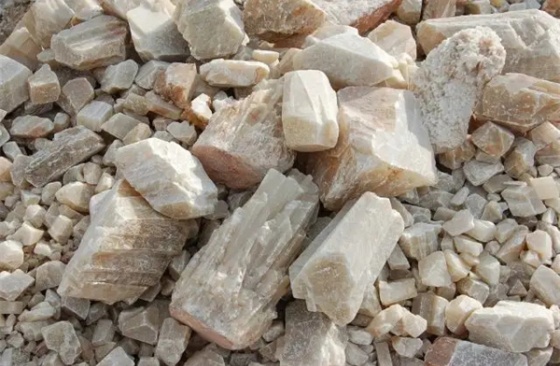
Everything kicks off with breaking big rocks. Trucks dump giant quartz chunks into a jaw crusher. Jaws clamp down hard. Crack! Pieces shrink to fist size. Then, those bits roll into cone crushers. Spinning cones squeeze tighter.
Next step: mills. Ball mills are common mill machines. But for quartz, rod mills win the prize. Long steel rods slide and scrub. They clean surfaces better. One mine in Brazil I read about switched to rod mills back in 2015. Iron on grain skins dropped 25% right away. Pretty neat, huh?
The commonly used quartz sand processing washing method is mainly the scrub method (rod mill scrubbing and mechanical scrubbing). In production, the rod mill scrubbing effect is more ideal than mechanical cleaning.
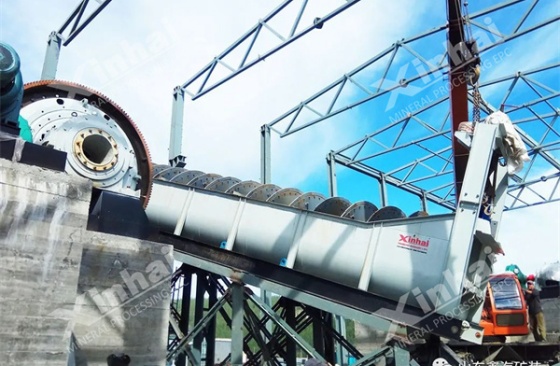
After grinding, size matters. Vibrating screens shake like crazy. Big grains stay on top. Small ones fall through holes. Workers grab the middle size for next steps. Too big? Back to the mill. Too tiny? Set aside for other uses.
Finer jobs need hydrocyclones. Picture a spinning funnel. Water swirls fast. Heavy bits fly out the bottom. Light dust shoots up top. Air classifiers blow wind to sort dry powder. A plant in India uses three hydrocyclones in a row. They nail 98% of the target size every shift.
Iron turns quartz cloudy or messes up electric flow. High-power magnets fix that. The quartz ore processing machine, equipped with powerful magnets, effectively removes iron impurities. As a result, magnetic minerals like magnetite are eliminated. One factory in China runs wet magnetic drums. They catch iron down to 50 microns. Clear quartz shines after.
Quartz Sand Processing Magnetic separation method.
Drums spin in slurry. Iron sticks. Clean sand flows free. Simple, but it works wonders.
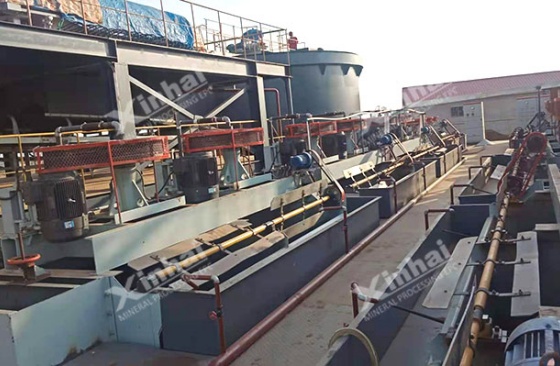
Mica flakes and feldspar grains act like twins to quartz. Hard to tell apart. Flotation tanks play chemist. Workers mix in soaps called collectors. These grab mica and feldspar but ignore quartz. Air pumps blow bubbles. Bad stuff floats. Skimmers scrape foam off. Pure quartz sinks happy.
Quartz Sand Processing Flotation method.
A site in North Carolina runs six flotation cells. Each cell holds 500 gallons. In one hour, they strip 2 tons of mica. Workers tweak pH with a knob. Too high or low, and the magic stops. Experience counts here.
Want quartz for chips or solar cells? Acid bath time. Hydrochloric acid or sulfuric acid soaks the sand. Metal bits dissolve. Grains come out sparkling. Plants heat the mix to 80°C for faster action. Stir tanks keep everything moving.
Quartz Sand Processing Equipment required: Big plastic-lined tanks hold the brew. Pumps move acid safely. Rinse water follows—lots of it. One Korean plant recycles 90% of rinse water. Smart move.
In production, the common quartz sand beneficiation processing mainly includes the washing desliming method, magnetic separation method, flotation method, and acid pickling method.
Final purity hits 99.99%. Enough for fancy wafers.
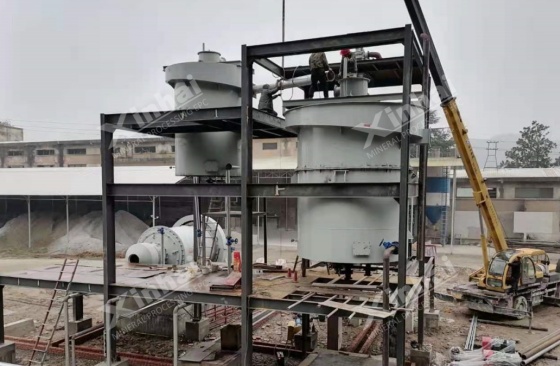
New quartz ore processing machines got eyes now. Cameras snap 1000 pictures a second. AI brains spot dark specks or off-colors. Bam! Air jets blast bad grains into a bin. No hands, no chemicals. A German setup sorts 50 tons an hour. Rejects drop to 0.5%.
Maximizing Recovery Rates with Closed-Circuit Systems
Waste not, want not. Closed loops send half-done sand back around. Oversize from screens? Crush again. Fines from cyclones? Float once more. Nothing leaves early. A Russian mine boosted yield from 65% to 82% with one loop. Extra quartz paid for the pipes in six months.
Power bills bite hard. New quartz ore processing machines fight back. Variable drives slow motors when load lightens. Crusher idle? Speed drops 30%. Savings add up. One Australian site cut electric use by 18% last year.
Inverters hum soft. Sensors watch amps. Computers tweak on the fly. Less juice, same rock broken.
Plants stay sharp with live checks. Probes dip in slurry. Screens show size curves. Density meters beep if thick or thin. Flow gauges count every liter. Red light? Operator runs over. Fix fast, no bad batch.
A dashboard glows on the wall. Green bars mean happy. One shift in Egypt caught a worn screen mesh early. Saved 10 tons of off-spec sand.
Machines good, but lab seals the deal. Workers scoop samples hourly. XRF guns zap for elements. ICP machines burn tiny bits to read traces. Silica at 99.8%? Ship it. Iron over 20 ppm? Back to acid. Reports print neat. Customers trust the numbers.
New toys cost big bucks. A full line runs $5 million easy. But payout comes quick. More clean quartz per ton means more cash. Automation cuts workers from 50 to 15 per shift. Output doubles. Roof stays on. One company in Nevada paid off their upgrade in 14 months. Now they expand.
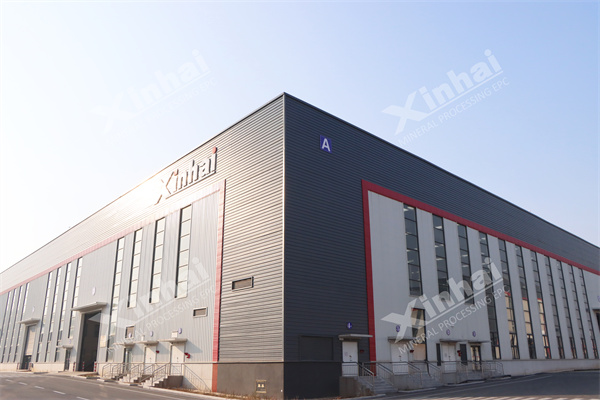
Xinhai Mining is your single-source provider for quartz processing. In addition to high-quality machinery, we deliver end-to-end services—including purification scheme design, pilot plant testing, custom equipment fabrication, and seamless on-site deployment. Reach out to us to discuss your specific project needs.